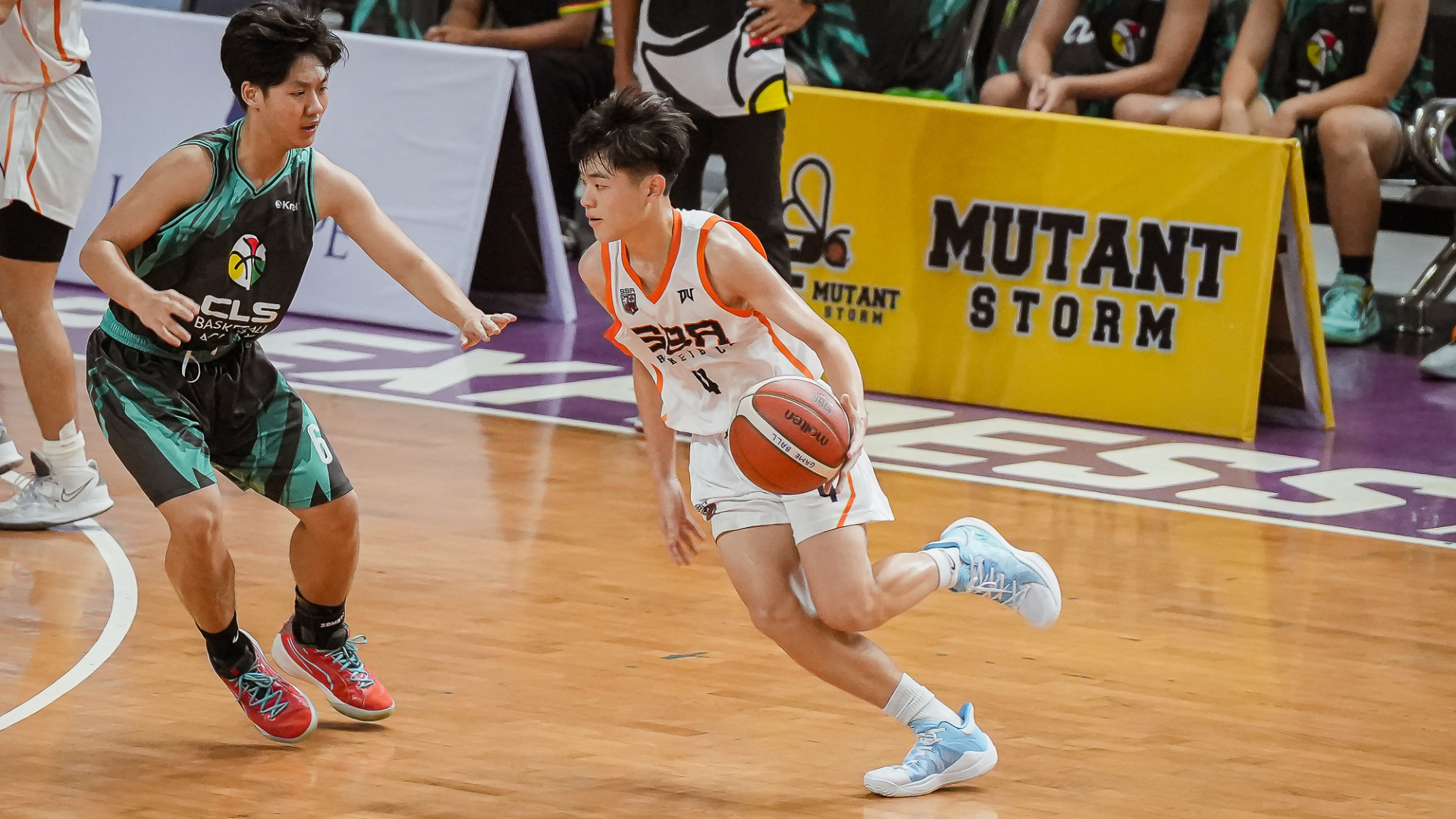Watching a well-trained basketball team using a full-court press is quite exciting to watch and if the team’s opponent is not careful or lucky enough, the full-court press can hurt them badly.
This essentially means that when the players in your team are on the same page and are moving and playing as a unit, the press technique will give you enough advantage to turn the match in your favor.
In this article, you’re going to learn the types of full-court press, the reason why you should use one, and when to run a full-court press.
But before getting into all that, let’s start with the basics first and help you understand what a full-court press is.
What is a Full-Court Press?
In basketball lingo, a full-court press is a well-planned playing technique where the defenders in your team press and overwhelm the opponent’s offense to prevent them from creating offensive formations during the game and throughout the court.
This basketball technique was invented by John McLendon, in the 1950s. Though the full-court press might seem exciting and easy–especially if it leads to a win, it does require fierce power dribbling, an accurate long pass, and a fast break that can break through the opponent’s defenders.
Why a Full-Court Press?
Everything changes when your team’s defense initiates the full-court press. The aim of the basketball strategy is not just to keep the opponent’s team from scoring, but to put aggressive pressure on them so that they won’t be able to get the ball up in court thereby losing control of the ball.
However, this technique is quite tiring to run, so it should be used only when necessary and at strategic times. Most of the time, it is towards the end of the game to disorient the opponent’s team and regain the lead of the game.
Types of Full-Court Press
There are two main types of full-court press in basketball:
The Man-to-man Press
This type of full-court press requires a man-to-man defense. The team’s coach will assign a defensive player to each offensive player in the opponent’s team to closely follow, throughout the length of the court.
Zone Press
With the zone full-court press, the team would need to run a zone defense with the intensity of a full-court press. If your coach plans to use this technique, he’ll ask each player in your team to guard different areas of the court, so each of you can cover the players that enter that area. However, this full-court press is not as intense as the man-to-man, which makes it easier to run during a basketball game.
When to Use Full-Court Press
Most basketball teams barely use the full-court press as it is intense and physically draining for the players. So, to save energy, it is traditional to use a half-court defense for most of the game and implement the full-court press toward the final minutes of the game.
A full-court press is quite effective in a basketball game, but you have to know when to use it to give your team that higher-than-normal chance of winning.
Here are some instances when you can use the full-court press:
- On opponent teams with poor decision-makers.
- Teams with little to no benchers.
- Shake your team up with energy.
- On opponent teams with good half-court offense.
- To focus on the star player, especially if he has the ball.
You might not make any ball steals when using a full-court press, but it will still be effective as it prevents the opponent team from playing their style properly.
So, when your opponent’s team wants to score it down and completely control the ball, you can speed them. Additionally, if they want to speed it up and score, your team can use the full-court press to slow them down.
You can practically learn and implement this technique and more once you join our academy. At Scholar Basketball Academy, our coaches are ready to show you the ropes and train you to be the best at what you do. Sign up for our SBA programs to get started.

